Filter by
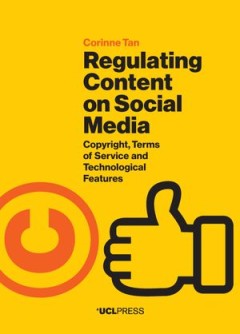
Regulating Content on Social Media
How are users influenced by social media platforms when they generate content, and does this influence affect users’ compliance with copyright laws? These are pressing questions in today’s internet age, and Regulating Content on Social Media answers them by analysing how the behaviours of social media users are regulated from a copyright perspective. Corinne Tan, an internet governance spec…
- Edition
- -
- ISBN/ISSN
- 9781787351714
- Collation
- -
- Series Title
- -
- Call Number
- 658.81 TAN r
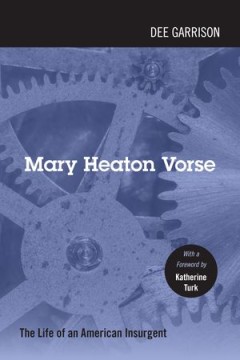
Mary Heaton Vorse : The Life of an American Insurgent
The life of Mary Heaton Vorse (1874-1966) reads like a chronology of American radicalism in the first half of the twentieth century. The foremost pioneer of labor journalism in the U.S. and a prominent participant in the women’s universal suffrage movement, Vorse spent her life actively struggling for libertarian socialism, feminism, and world peace. Her friends and colleagues were among the …
- Edition
- -
- ISBN/ISSN
- 9781439917824
- Collation
- -
- Series Title
- -
- Call Number
- 650
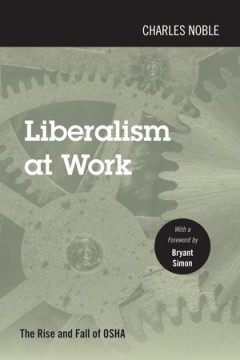
Liberalism at Work : The Rise and Fall of OSHA
On paper, the Occupation Health and Safety Act (OSHA) required employers to reduce the risks of illness and injury on the job regardless of the cost. Department of Labor health and safety inspectors could now show up unannounced at factories, construction sites, and offices and levy fines against employers who failed to comply. OSHA never lived up to its promises, however. Within a decade of th…
- Edition
- -
- ISBN/ISSN
- 9781439917961
- Collation
- -
- Series Title
- -
- Call Number
- 650
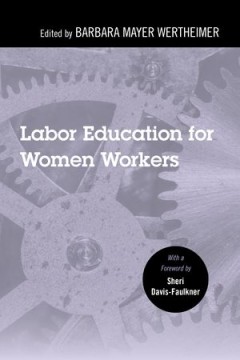
Labor Education for Women Workers
Labor Education for Women Workers was first published in 1981, a year that marked a significant shift in labor-movement history. When Barbara Wertheimer, working with a team of leading labor educators, published this essential text, it raised awareness of the importance of creating space for women workers to have solid labor education. They also identified a major gap in the literature on labor…
- Edition
- -
- ISBN/ISSN
- 9781439918043
- Collation
- -
- Series Title
- -
- Call Number
- 650
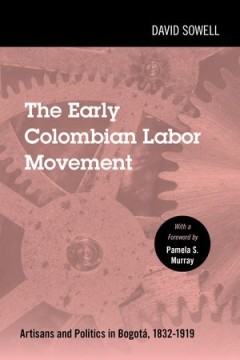
The Early Colombian Labor Movement : Artisans and Politics in Bogota, 1832-1919
In The Early Colombian Labor Movement, David Sowell traces the history of artisan labor organizations in Bogotá and examines long-term political activity of Colombian artisans in the century after independence. Relying on contemporary newspapers, political handouts, broadsides, and public petitions, Sowell analyzes the economic, social, and political history of the capital's artisan class, a m…
- Edition
- -
- ISBN/ISSN
- -
- Collation
- -
- Series Title
- -
- Call Number
- 650
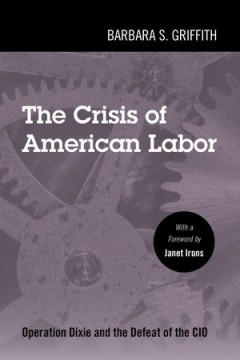
The Crisis of American Labor : Operation Dixie and the Defeat of the CIO
Operation Dixie—the attempt by the Congress of Industrial Organizations (CIO) to unionize the postwar South—was on the defensive almost as soon as it began in 1946. Although the South had a longstanding reputation for being particularly unreceptive to organized labor, the CIO decided that a Southern drive was necessary to consolidate the considerable gains unions had made during the war and…
- Edition
- -
- ISBN/ISSN
- -
- Collation
- -
- Series Title
- -
- Call Number
- 650
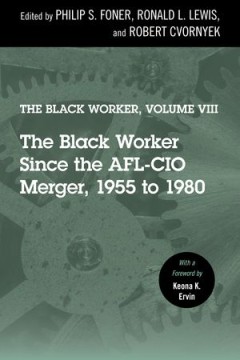
The Black Worker, Volume 8 : The Black Worker Since the AFL-CIO Merger, 195…
Published over the course of six years, the eight volumes of The Black Worker: From Colonial Times to the Present contain a voluminous amount of archival material. Through their publication, Philip S. Foner, Ronald L. Lewis, and Robert Cvornyek birthed a new generation of Black labor history scholarship. Theirs was big, synthesis-style, social, political, intellectual, and institutional history…
- Edition
- -
- ISBN/ISSN
- -
- Collation
- -
- Series Title
- -
- Call Number
- 650

The Black Worker, Volume 8 : The Black Worker Since the AFL-CIO Merger, 1955-…
Published over the course of six years, the eight volumes of The Black Worker: From Colonial Times to the Present contain a voluminous amount of archival material. Through their publication, Philip S. Foner, Ronald L. Lewis, and Robert Cvornyek birthed a new generation of Black labor history scholarship. Theirs was big, synthesis-style, social, political, intellectual, and institutional history…
- Edition
- -
- ISBN/ISSN
- -
- Collation
- -
- Series Title
- -
- Call Number
- 650
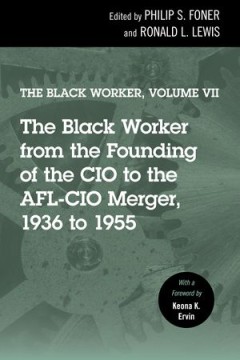
The Black Worker, Volume 7
Published over the course of six years, the eight volumes of The Black Worker: From Colonial Times to the Present contain a voluminous amount of archival material. Through their publication, Philip S. Foner, Ronald L. Lewis, and Robert Cvornyek birthed a new generation of Black labor history scholarship. Theirs was big, synthesis-style, social, political, intellectual, and institutional history…
- Edition
- -
- ISBN/ISSN
- -
- Collation
- -
- Series Title
- -
- Call Number
- 650
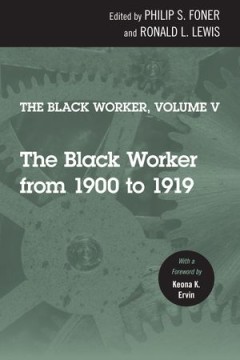
The Black Worker, Volume 5 : The Black Worker from 1900 to 1919
Published over the course of six years, the eight volumes of The Black Worker: From Colonial Times to the Presentcontain a voluminous amount of archival material. Through their publication, Philip S. Foner, Ronald L. Lewis, and Robert Cvornyek birthed a new generation of Black labor history scholarship. Theirs was big, synthesis-style, social, political, intellectual, and institutional history …
- Edition
- -
- ISBN/ISSN
- -
- Collation
- -
- Series Title
- -
- Call Number
- 650
 Computer Science, Information & General Works
Computer Science, Information & General Works  Philosophy & Psychology
Philosophy & Psychology  Religion
Religion  Social Sciences
Social Sciences  Language
Language  Pure Science
Pure Science  Applied Sciences
Applied Sciences  Art & Recreation
Art & Recreation  Literature
Literature  History & Geography
History & Geography